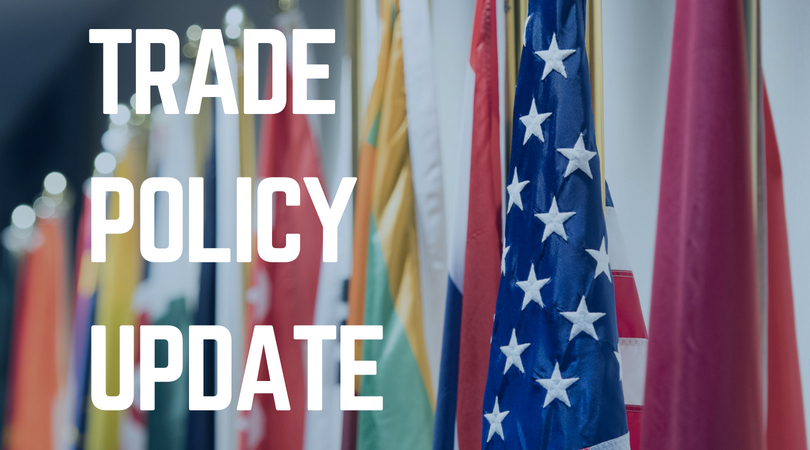As Washington, D.C., confronts the peak of its infamous August weather, trade talks have also heated up, with officials from Mexico, China and the European Union in town this week to meet with their counterparts.
The modernization talks for the North American Free Trade Agreement (NAFTA) are facing key political deadlines with new Congresses set to be seated shortly in both Mexico, this fall, and the United States, early next year.
Mexican negotiators have been in Washington regularly over the past several weeks, with word that there could be a breakthrough this week resulting in a “handshake” agreement between the United States and Mexico. Such an agreement would be a vital step forward and allow Canada to reengage in talks that could lead to a final, trilateral agreement.
At press time, there had not been any formal announcements.
Also this week, U.S. officials and Chinese diplomats met in Washington, attempting to reignite a dialogue between those two countries. While a step in the right direction for a tenuous relationship with massive global consequences, there was no word on outcomes or further negotiating plans.
Meanwhile, tariffs on Chinese goods worth an additional $16 billion went into effect early Thursday morning Washington time as scheduled, prompting retaliation in kind from China.
Talks were also on the schedule for U.S. and European Union officials early this week, following a successful meeting between President Donald Trump and EU Commission President Jean-Claude Juncker in June. Still the top trading partner with the U.S., the EU is a key focus of the Administration’s trade policy work, particularly related to manufactured goods like automobiles.
All three regions – NAFTA, China and the European Union – are critical to the ongoing success of the U.S. grains industry and areas in which trade policy can drive – or hinder – the U.S. Grains Council’s market development work with customers.
NAFTA is the most successful trading bloc on the globe and clearly the most important trade agreement for U.S. agriculture. Mexico is the top buyer of U.S. corn and distiller’s dried grains with solubles (DDGS) as well as a critical buyer of U.S. barley, malt and sorghum; Canada is a major ethanol and DDGS buyer.
China, which has the largest population in the world, is an enormous and growing consumer of feed grains and fuel. While U.S. grains products like corn, DDGS and ethanol have been largely shut out of the country due to trade policy problems, Council programs with local officials and industry continue to mitigate the effects of these challenges on all sides.
The European Union is also a large potential market for U.S. grains challenged by policy issues, particularly those related to modern breeding technology. However, there remains potential for sales, including solid corn sales this marketing year prior to new tariffs going into effect and several purchases of distressed cargoes of U.S. sorghum following policy challenges with China.
The Council, its members and sister organizations will continue to actively engage in the ongoing policy discussions and provide updates as available.
About The U.S. Grains Council
The U.S. Grains Council develops export markets for U.S. barley, corn, sorghum and related products including distiller’s dried grains with solubles (DDGS) and ethanol. With full-time presence in 28 locations, the Council operates programs in more than 50 countries and the European Union. The Council believes exports are vital to global economic development and to U.S. agriculture’s profitability. Detailed information about the Council and its programs is online at www.grains.org.

